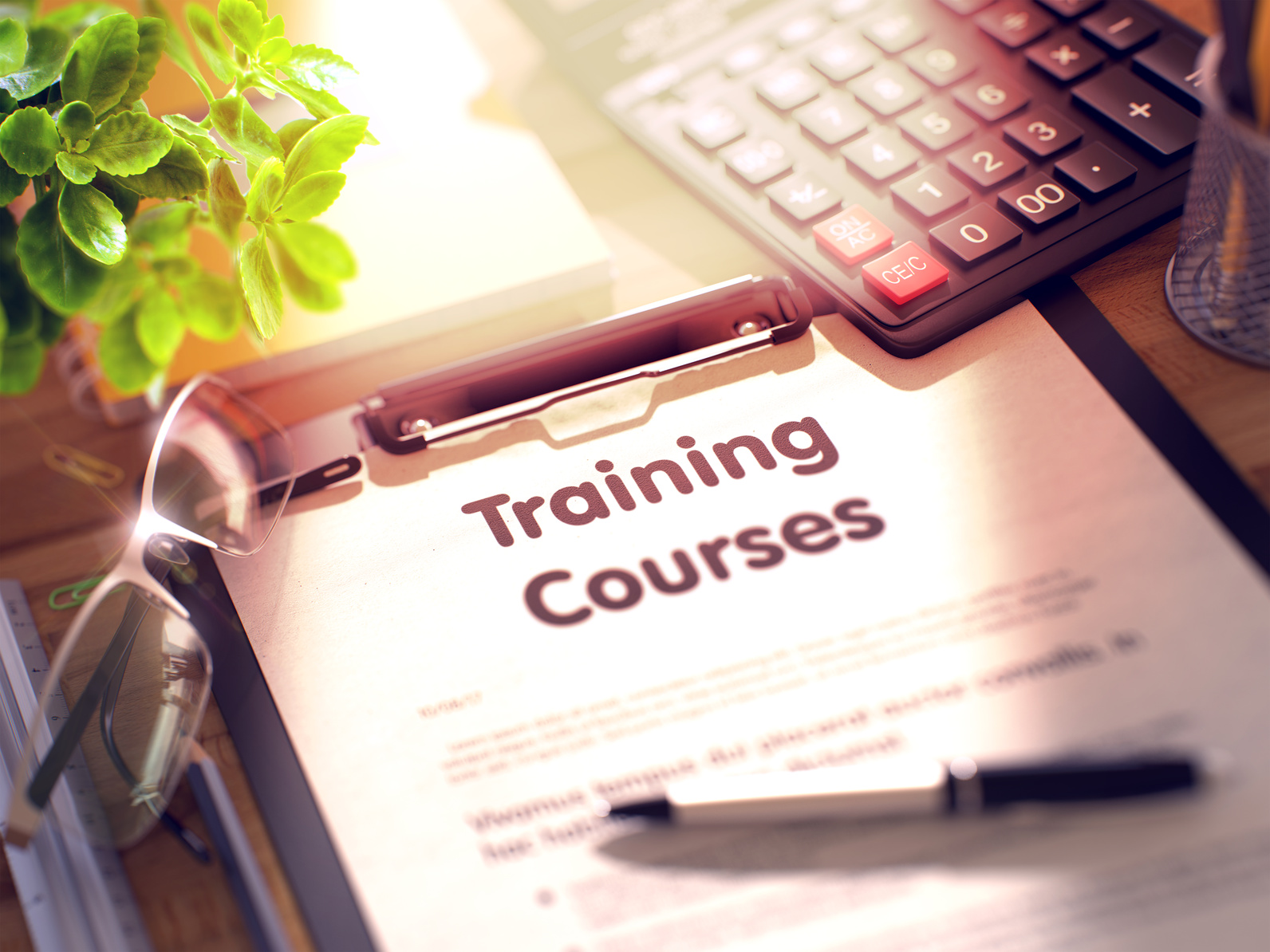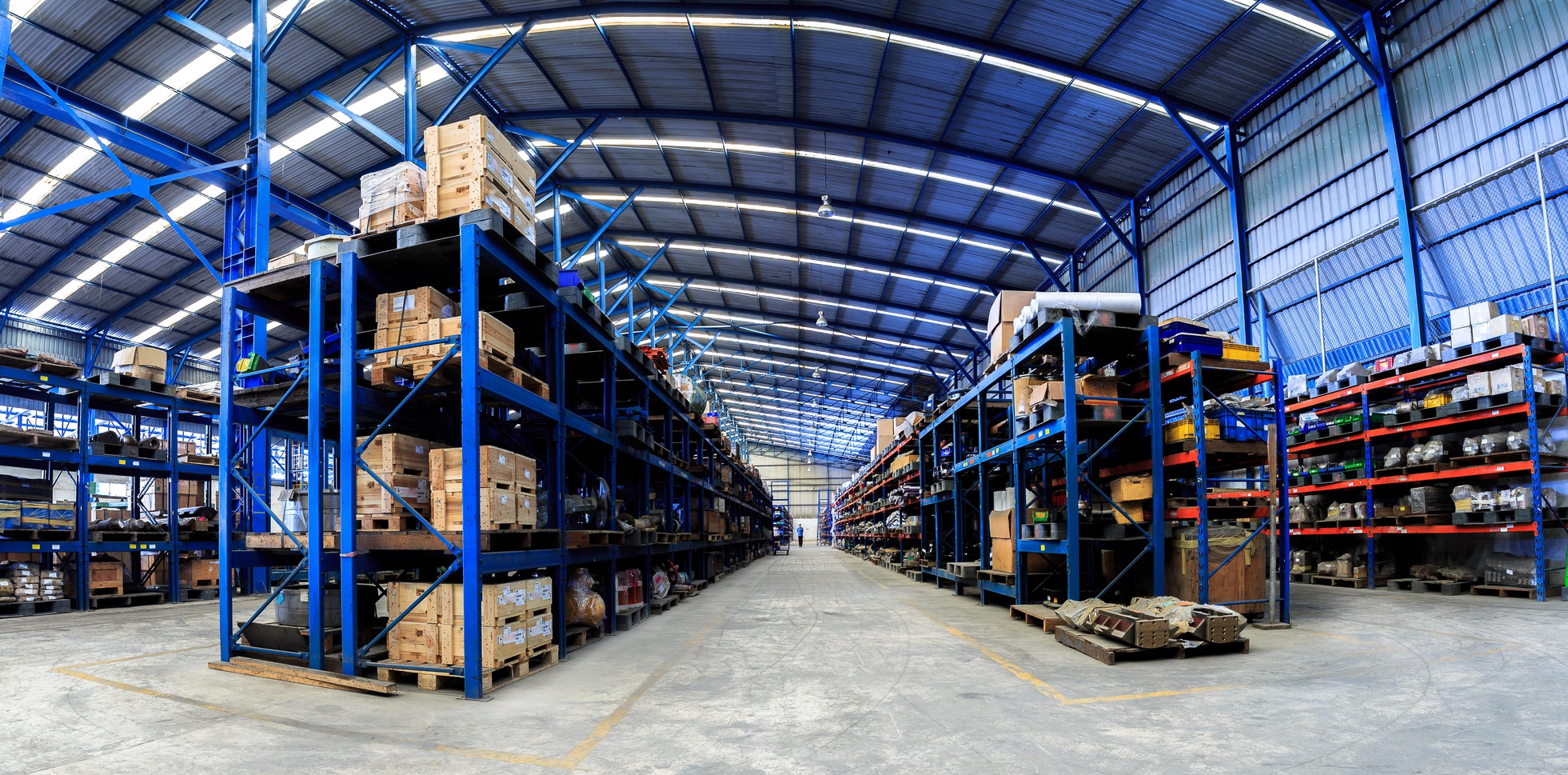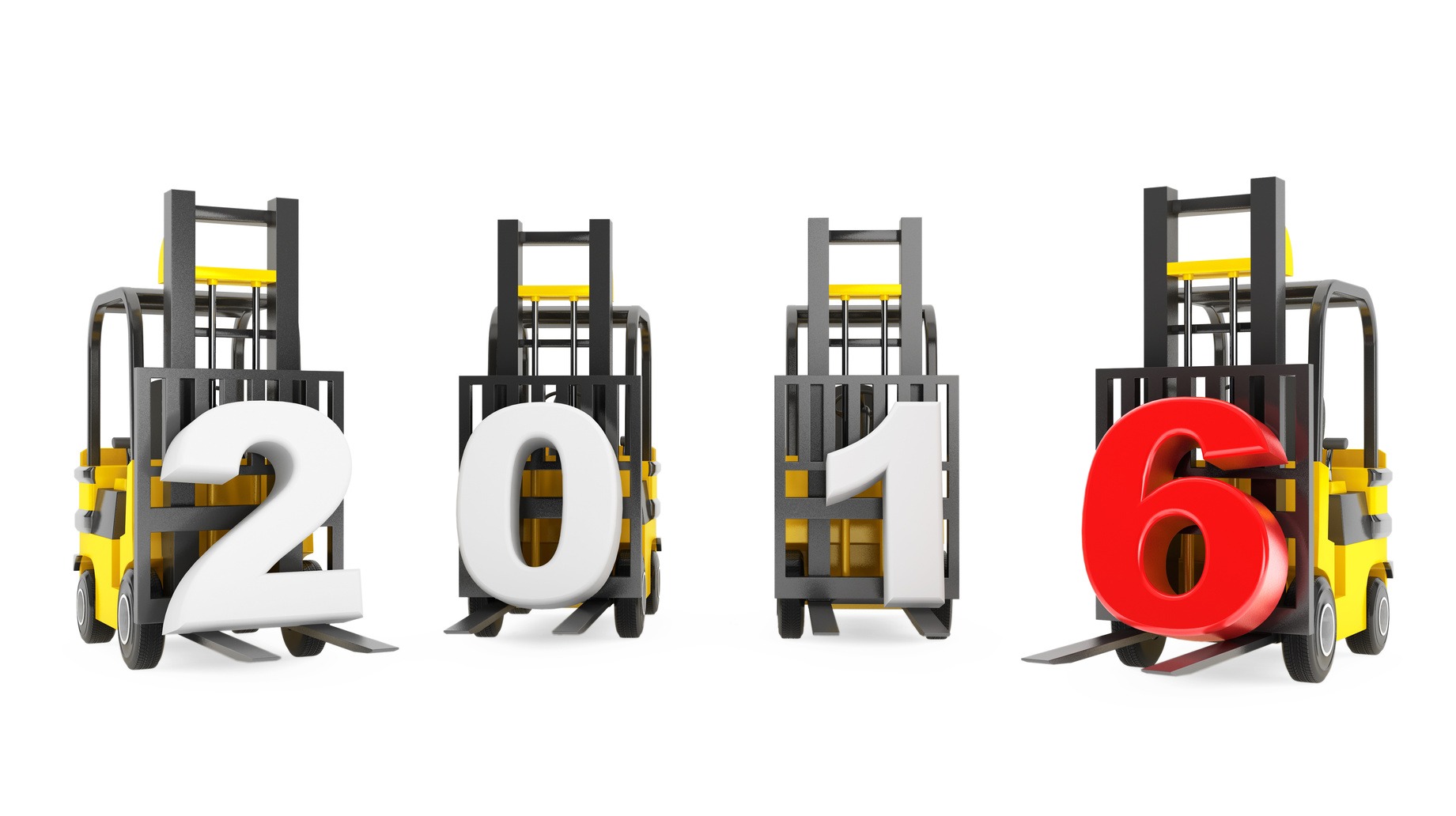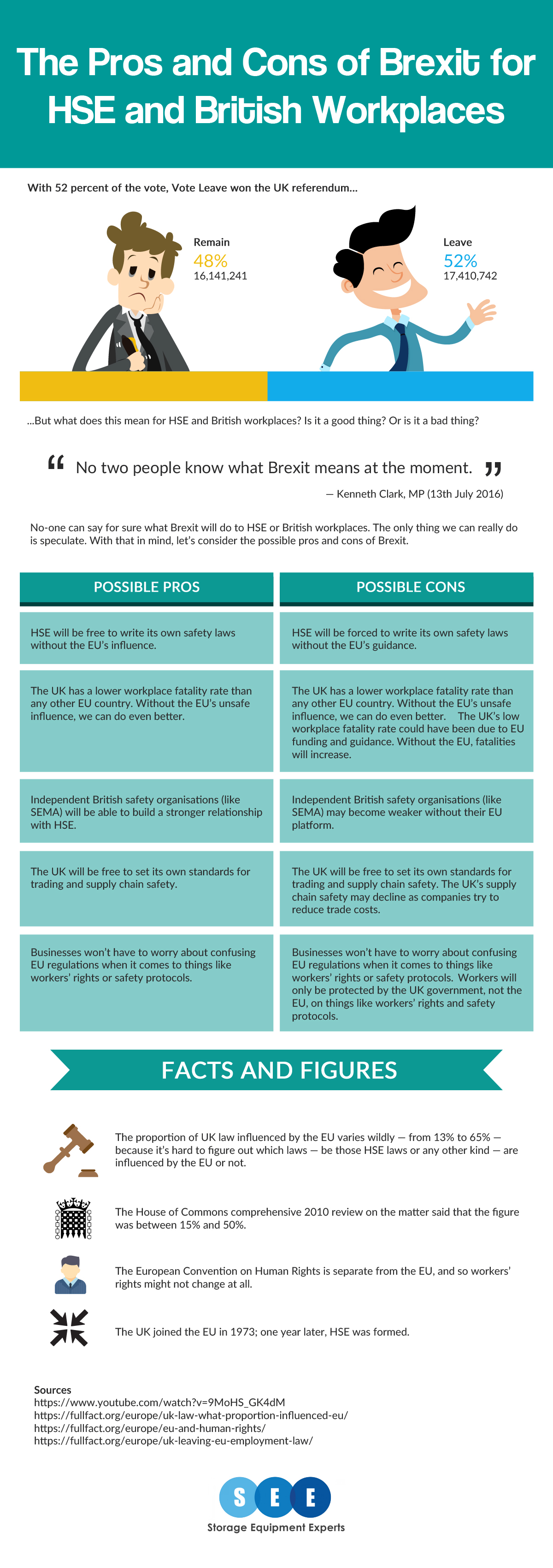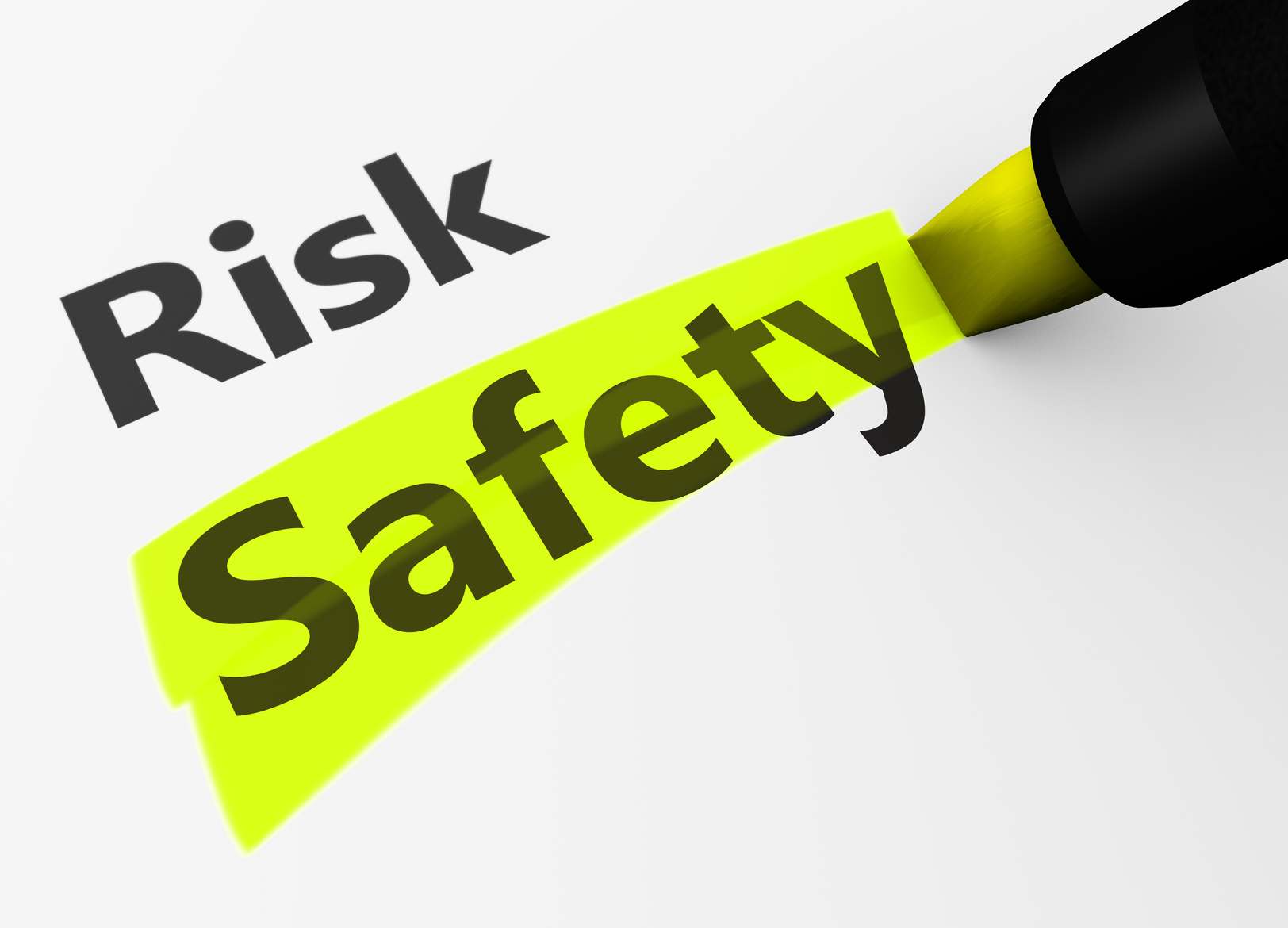SEMA Courses: Which One is Right for You?
Our resident racking inspection expert has passed two different SEMA courses, but do you need a SEMA course yourself? And if so, which one?
SEMA, the British Storage Equipment Manufacturers Association, offer a wide variety of courses from their base in West Bromwich. Taking a SEMA course in the UK can have a wide variety of benefits, but which one is right for you?
All of that depends on what you want from a SEMA course. Are you looking to gain a better understanding of warehouse safety for the sake of your business? Or are you looking to become a SEMA approved racking inspector? Your answers to these questions will give you an idea of which SEMA course, or SEMA courses, will help you in your career.
Internal Racking Inspections? You Need Racking Inspection Training from a SEMA Approved Inspector!
HSE recommends that all warehouses in the UK carry out internal racking inspections on a regular basis. In other words, HSE is looking for everybody working in a British warehouse to have a basic level of rack safety knowledge. To achieve this, look no further than our very own racking inspection training course. These courses, run by a SEMA approved racking inspector, will give your employees the rack safety awareness and racking inspection knowledge to make them real assets to your company.
Work with Cantilever Racking Systems? There are a Couple of Options Available…
Both the SEMA cantilever rack safety awareness course and our own SEMA approved rack inspector run racking inspection training course offer insight and awareness into how warehouse owners and warehouse employees should safely work with cantilever racking. The SEMA cantilever rack safety awareness course can be challenging. However, at Storage Equipment Experts, our resident racking inspection expert has passed both the SEMA inspection course (giving him a SEMA approved inspector qualification) and the SEMA cantilever rack safety awareness course. As a result, he’s the perfect person to educate your staff on cantilever racking systems.
Do You Have What it Takes to Become a SEMA Approved Racking Inspector?
A SEMA approved racking inspector (SARI) is someone who has passed SEMA’s SARI course in order to receive a SEMA approved inspector qualification. This SEMA inspection course is specifically designed for the kind of person who believes that they have the intelligence, patience, and attention to detail to become a SEMA approved racking inspector.
SARIs are a vital part of warehouse safety in the UK. The average week for a SARI often consists of travelling from business to business in order to make sure they have SEMA approved rack inspector run racking inspection training course.
Choosing the Right SEMA Course is a Matter of Good Economics
Whatever SEMA course you choose to take, make sure it’s for the right reasons. The dreaded “buyer’s remorse” refers to more than just home-purchasing. It refers to any large purchase, and a SEMA course is certainly that. After all, you’re not just paying with money; you’re paying with time, too, and this opportunity cost is something that you should factor into your decision.
There are many ways to avoid buyer’s remorse, but by far the best is to go for the best option. So for a truly great safety training course, run by a SEMA approved racking inspector, look no further than Storage Equipment Experts. There are many, many reasons why our racking inspection training course is the best in the UK, so what are you waiting for?
When we say the best, we mean the best. Contact Storage Equipment Experts today for a racking safety training course from a SEMA approved inspector.

